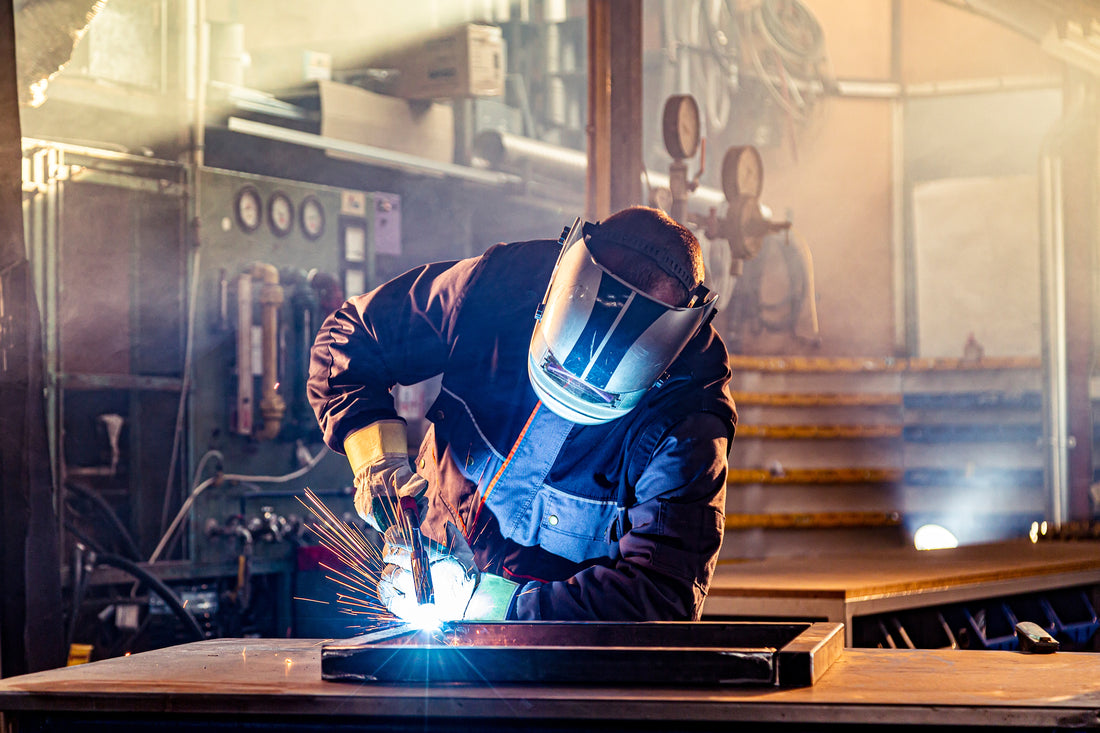Art has long been considered the domain of those with formal education and a background in fine arts. However, there is an untapped wellspring of creativity that lies in the hands of blue-collar workers—electricians, welders, carpenters—who moonlight as artists. These individuals possess a unique blend of practical skills, problem-solving abilities, and artistic flair that deserves far more recognition.
Blue-collar workers are often at the forefront of innovation. They solve problems in real-time, constantly pivoting and adapting to new challenges. This ingenuity translates seamlessly into their art. Unlike the traditional artist confined to a studio, these workers bring a wealth of life experience and practical know-how to their creations. Their art is not just an expression of beauty, but a testament to resilience, resourcefulness, and the human spirit.
Take, for example, my father. His welding shop was always on call, a standard of reliability and creativity. One day, a friend needed a new axle, and the only common measuring tool they had (500 kms apart) was a credit card. With this unconventional resource, my father crafted a perfectly functional axle and drove to the neighbouring province to replace it. This story is not just about ingenuity; it’s about the creativity that defines blue-collar artistry. It’s about the ability to see possibilities where others see limitations.
These workers are the most versatile artists. Using the materials and tools of their trades to create stunning works of art. An electrician might use discarded wires and components to craft intricate sculptures. A carpenter could transform scrap wood into beautiful, handcrafted furniture. A welder like Jordan Sprigg from Australia, turns metal scraps into breathtaking pieces of art. Their creativity is unmatched, driven by necessity and honed through years of hands-on experience.
Despite their talents, blue-collar artists often fly under the radar. Their work is rarely showcased in galleries or celebrated in mainstream art circles. This needs to change. The art world should embrace the diversity of expression and the rich perspectives that blue-collar workers bring. By giving them the exposure they deserve, we can celebrate a broader spectrum of artistic talent and inspire others to see the beauty in everyday work. If you want to increase your audience, you have to increase the diversity of artists in your galleries.
It’s time to open the floodgates and welcome blue-collar artists into the mainstream. Yes, this might ruffle some feathers among those with a master’s in fine arts. But let’s be honest—those with the most dirt under their nails and the biggest callouses on their hands will always come first in my book. Their art is raw, authentic, and deeply connected to the world around them.
These artists challenge the conventional notions of what art should be and who can create it. They remind us that creativity is not confined to the walls of academia but thrives in the workshops, garages, and construction sites of our communities. Their work is a celebration of both form and function, blending practicality with artistic vision.
In recognizing and celebrating the art of blue-collar workers, we not only elevate their status as artists but also highlight the intrinsic value of their everyday contributions. Their creativity deserves to be seen, appreciated, and celebrated. So, let’s open our minds, our galleries, and our hearts to the blue-collar artists who enrich our world with their unparalleled ingenuity and creativity.

